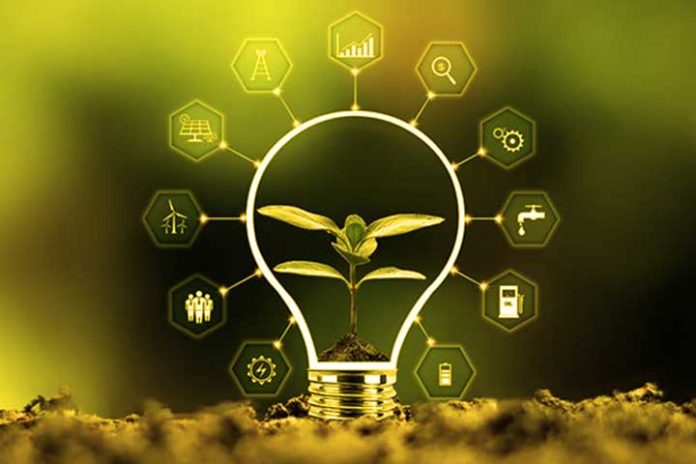Green technology has become one of the main trends of the 21st century. More and more people and companies are looking for sustainable technological solutions to reduce their environmental impact. The repair and reconditioning of technological devices are two great sustainable solutions for the planet.
Green technology transforms our lives and works from renewable energy to sustainable building technologies. We want to take advantage of the next “World Recycling Day” to raise awareness about the importance of green technology and its objectives and show some examples.
What is Green Technology?
Green technology is the application of technology to develop sustainable solutions that reduce negative environmental impact by developing technological devices with clean energy and sustainable resources.
The manufacture of technological devices can be a significant source of environmental pollution. Some of the main pollutants that are generated during the manufacturing of technological devices include:
- Heavy metals
- Volatile Organic Compounds (VOCs): These chemical compounds easily evaporate at room temperature and produce many plastic and electronic materials.
- Carbon dioxide (CO2).
To reduce the harmful environmental impact of the development of technological products, some solutions are using clean and renewable technologies for energy generation, designing and constructing sustainable and efficient buildings, waste management, and creating energy solutions. Sustainable transport, among others.
Some key concepts in the definition of Green Technology are:
1. Energy efficiency
It is about using energy efficiently to minimize waste and reduce the need for new energy sources. Green technology encourages the use of more efficient technologies and the adoption of practices that reduce energy consumption.
2. Renewable energies
Refers to sources of energy that are naturally renewed and are not depleted by use, such as solar, wind, hydroelectric, and geothermal energy. Green technology seeks to promote the use of renewable energy to reduce dependence on fossil fuels and the emission of greenhouse gases.
3. Sustainable design
Sustainable design or eco-design implies using materials and production processes that are less harmful to the environment and considering the entire product life cycle, from its manufacture to its disposal.
4. Sustainable transport
Green technology promotes sustainable transport, such as electric vehicles, public transport, and bicycles, cleaner and more efficient ways of getting around. It seeks to reduce the environmental impact of transportation and improve people’s quality of life by reducing traffic congestion and air pollution.
5. Waste management
By properly disposing of waste, its negative environmental impact is reduced, and resource recovery is maximized. Green technology encourages using more sustainable waste management practices, such as reducing waste at source, recycling, and material recovery.
Examples of Green Technology
As we have mentioned before, there are many concepts to define the types of green technology. specializing in the circularity of technological products, we are going to focus on some innovative examples:
1. Solar charger for mobile devices or computers
There are already portable solar chargers with integrated plates to charge small devices like mobile or laptops.
An innovative solution, which has already been proposed by manufacturing companies in the past, is incorporating solar cells in these devices. Some examples of this technology include the laptop developed by the Canadian company WeWi Telecommunications.
2. Low energy consumption screens
Some devices, such as tablets and smartphones, use energy-efficient displays that reduce power consumption and extend battery life. In addition, the energy required to produce devices with this type of screen is lower.
AMOLED or Super AMOLED screens are the ones that consume the least power.
3. Recycled materials
Some smartphones use recycled plastics to reduce the environmental impact of production. According to a Samsung press release, “the Galaxy S22, Galaxy Tab S8 and Galaxy Book2 Pro series devices use materials from discarded fishing nets,” thus reducing carbon dioxide emissions in device manufacturing by 25%.
4. Modular design
Some devices use modular designs that allow users to easily repair and upgrade individual parts rather than replace the entire device. This reduces the amount of e-waste and extends its useful life.
5. Wireless charging
There are already many smartphones with wireless charging technology, which reduces the need for cables and power adapters and therefore reduces the amount of electronic waste. Apple has been manufacturing its flagship product, iPhone, with this technology since the “XR” model.
We hope that this article has helped you get to know the concept of “green technology” in depth and that you can apply it in your relationship with technology consumption.

